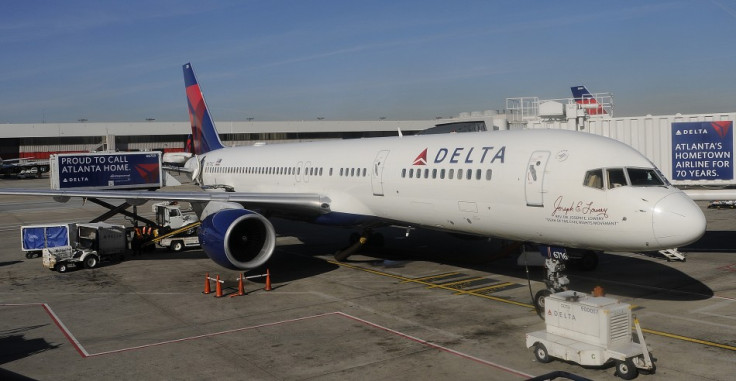Airbus and Boeing Release Growth Predictions, Agree on $4 Trillion Asia-Pacific Market

In separate reports released on Feb. 15, both Airbus and Boeing have agreed that there is tremendous potential for growth of the aviation industry in the Asia-Pacific region.
An industry forecast report by the U.S.-based Boeing predicts that global airlines will need at least 33,000 new aircraft, worth US$4 trillion, by 2030. The report, on investment news Web site 2point6billion.com, also indicates that 60 per cent of the new aircraft demanded will be to feed market growth.
The Boeing report, when discussing the Asia-Pacific region specifically, said the area was expected to place orders amounting to 35 per cent of its global estimates.
Simultaneously, in a statement released on its Web site, the Europe-based Airbus said its research indicated the Asia-Pacific region would take delivery of approximately 9,370 new aircraft over a 20-year period.
The forecast was presented by John Leahy, Chief Operating Officer (COO), Customers, at the 2012 Singapore Air Show. The company has also forecast demand for nearly 30,000 new aircraft, worth US$3.5 trillion.
Incidentally, both Airbus and Boeing are participating at the Singapore show. Airbus, in an earlier statement, said it would be showcasing both commercial and military transport products, including the all-new A350 XWB - a mid-size long-range aircraft scheduled to enter service in 2014. Boeing, on the other hand, is leading with its new 787 Dreamliner jet, which landed in Singapore earlier in the week as part of its six-month world tour.
Meanwhile, the industry forecast reports from Boeing and Airbus have a few more points in common. Both reports seem to be looking towards India and China as potential large-scale markets.
Airbus is looking to possible demand for single-aisle aircraft, driven by the growth of the low-cost sector in the region, in addition to increased demand on short-haul routes, leading to the approximately 5,700 new aircraft.
"We forecast strong growth for aviation in Asia and the Pacific. That's good news for Airbus and the region alike. Asia-Pacific is second to none when it comes to current and future business prospects. And aviation growth will bring increased trade and significant wealth creation into the region," said Leahy.
Boeing's Randy Tinseth - the Vice President for Commercial Planes - said the company saw China as a high-growth market, potentially accounting for about 42 - 43 per cent of projected demand in Asia.
Nevertheless, in light of Lion Air (Indonesia's biggest private carrier) confirming an order of 230 single-aisle 737s worth $22.4 billion at list prices (making this Boeing's largest commercial deal to date, according to the Wall Street Journal), the focus is undoubtedly as strongly on South East Asia as it is on the larger players in the Asia-Pacific region. Boeing indicated it expects to begin delivering the planes in 2017.
The strength of the deal accords well with Boeing's expectations for the region. The Chicago-based company expects room for 11,450 aircraft worth US$1.5 trillion.
In other announcements, Airbus said on Wednesday that they had signed a deal with Indonesia to sell 9 C295 military transport aircraft in a deal worth US$325 million.
However, it is worth noting that almost all of the predictions made by both Boeing and Airbus center on possible demand (largely) for short-haul aircraft. This would seem to indicate that there is a demand for long-haul routes, most of which are usually to European and North American destinations.
The Wall Street Journal pointed out that rising middle-class incomes and a median economic growth rate of between 5 and 6 per cent a year for the foreseeable future means there is growing demand for affordable leisure travel among Asians.
The key, judging by growth patterns of airlines like Malaysia's AirAsia, Singapore's Tiger Airways, India's IndiGo and Australia's Jetstar, is short-haul travel.
© Copyright IBTimes 2025. All rights reserved.




















